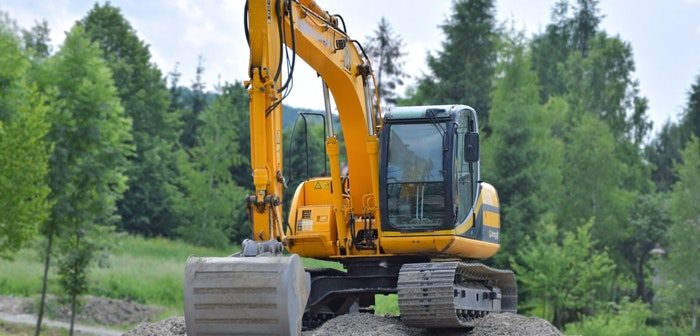Hello ladies and gents this is the Viking telling you that today we are talking about
1. Know potential risks – Undercutting and Overloading

Among the most precarious circumstances, an earthmover machinist can cause an undercut. Such a case arises when the bucket digs the ground below the excavator’s path, increasing the odds of collapse.
Conventional excavator safety procedures state that the excavator tracks should lay perpendicular to the excavation, lest a cave-in occurs.
Another likely source of risk is overloading the excavator bucket. Overloading the bucket results in an unstable machine or worse may cause the earthmover to tip over.
Operators should learn about the load limits of their machines as a precaution.
2. Plan for safety
To guarantee required safety, the machine ought to have the capacity to run at all times, enabling the machinist to unload an unbalanced load in a predicament. Insufficient fuel may result in unexpected shutdowns, thereby creating a possibly hazardous and unstable situation.
We suggest visual checks of the machine before working as a good step towards machine safety because damage and unsafe conditions may be detected visually.
3. Excavators do the tasks of twenty people
Larger models come equipped with large troughs, meaning they can dig up larger amounts of ground.
This outright shift in the rate of digging has enabled builder in the construction industry to utilize vehicles for just about everything from roadworks, buildings, complex mining and river dredging works that would prove perilous to workers.
Comments
Post a Comment